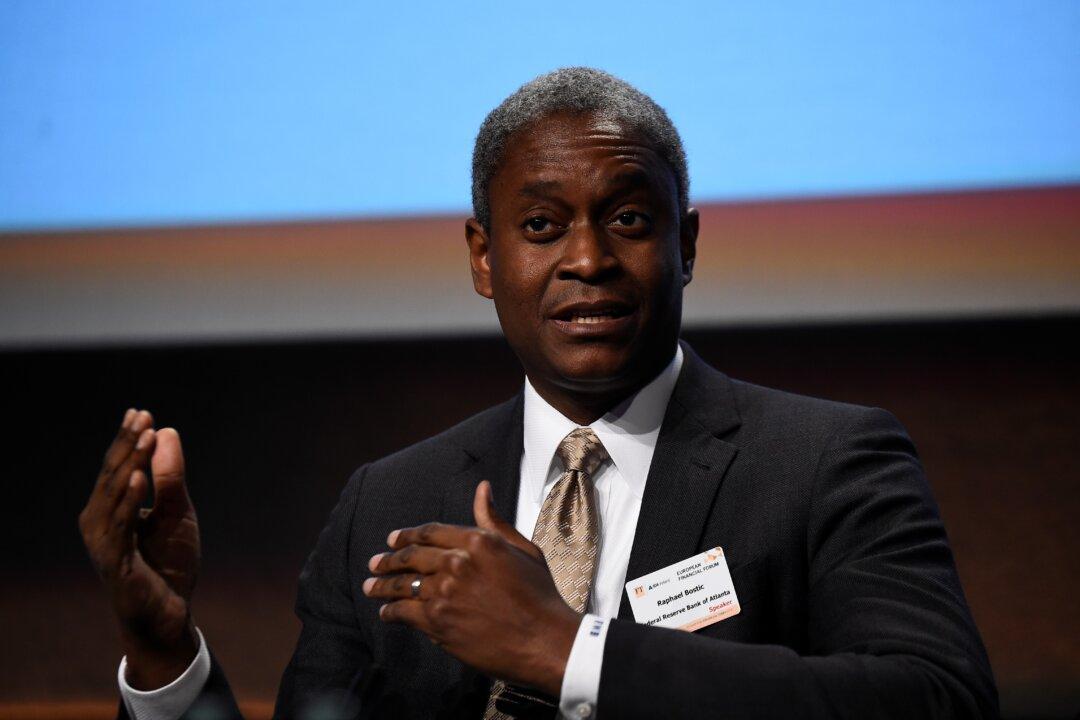WASHINGTON—U.S. Federal Reserve officials were divided Wednesday over whether recent high inflation data and a continually hot jobs market will require even more restrictive interest rates, or just patience in maintaining tight monetary policy for a longer period of time.
In remarks to a business event in Sioux Falls, South Dakota, Minneapolis Fed President Neel Kashkari said he was inclined “to push up my policy path” after a recent government report showed the Fed’s preferred inflation index accelerated in January to a 5.4 percent annual rate, more than double the Fed’s 2 percent target and slightly faster than the month before.





